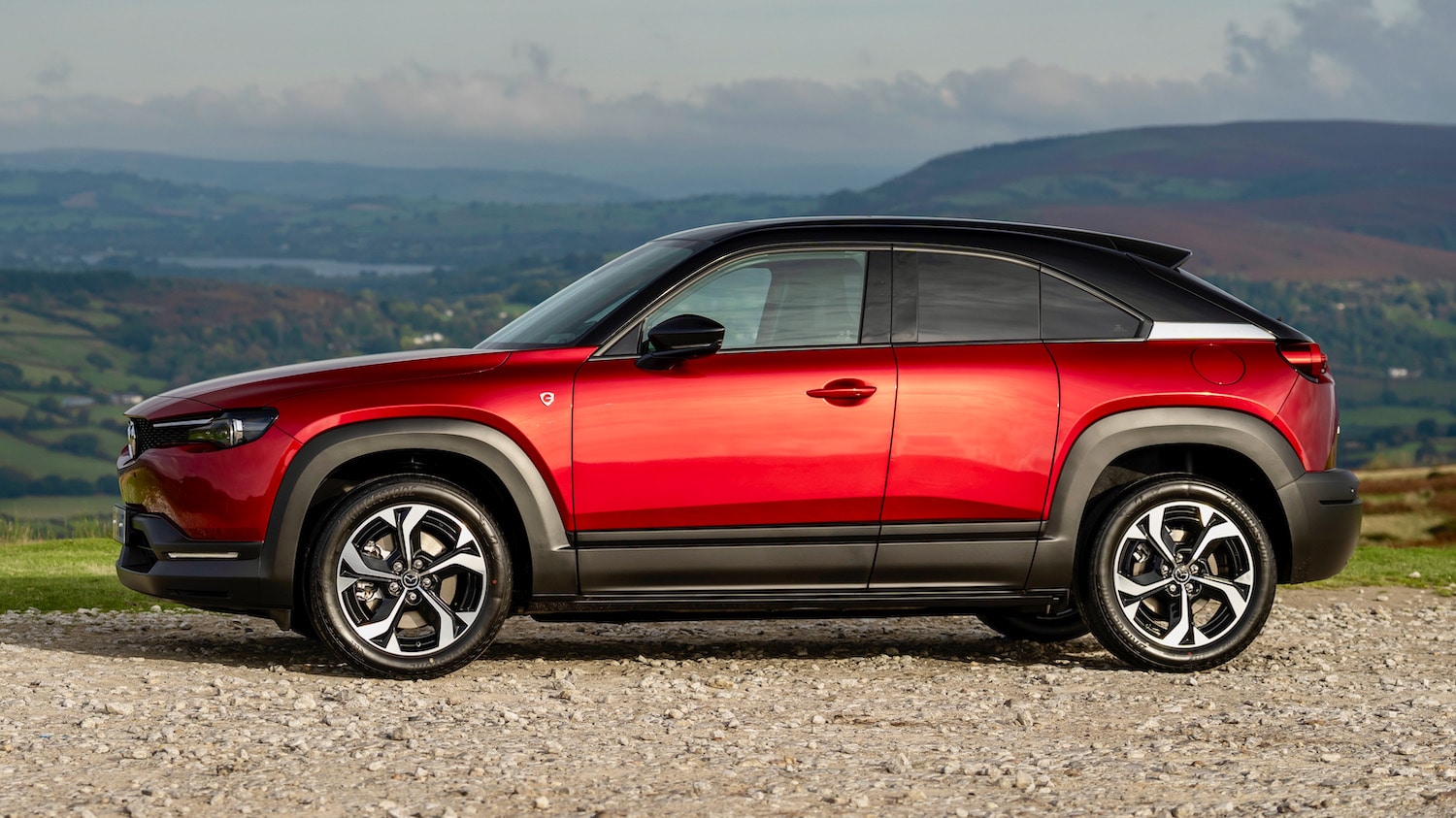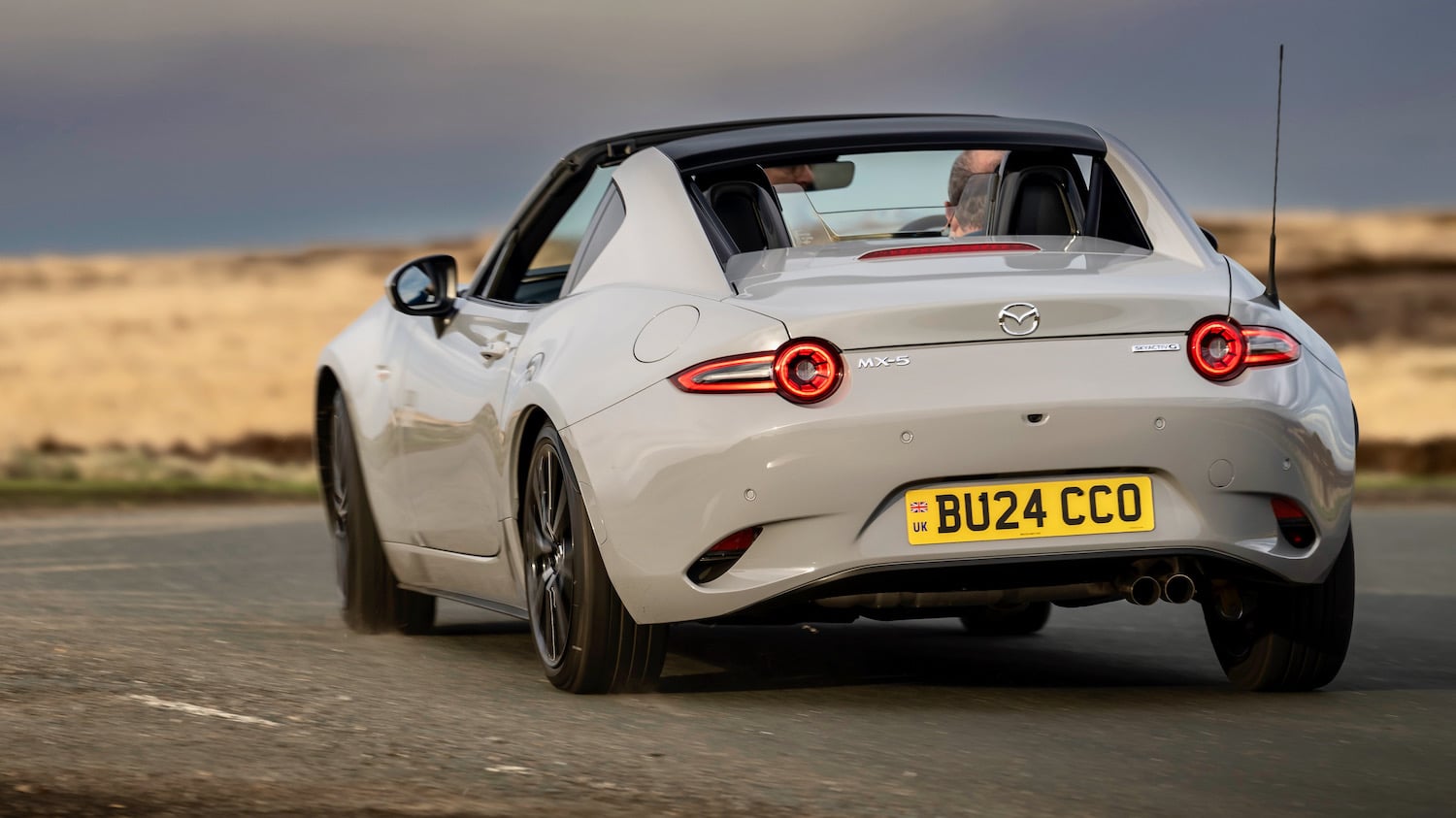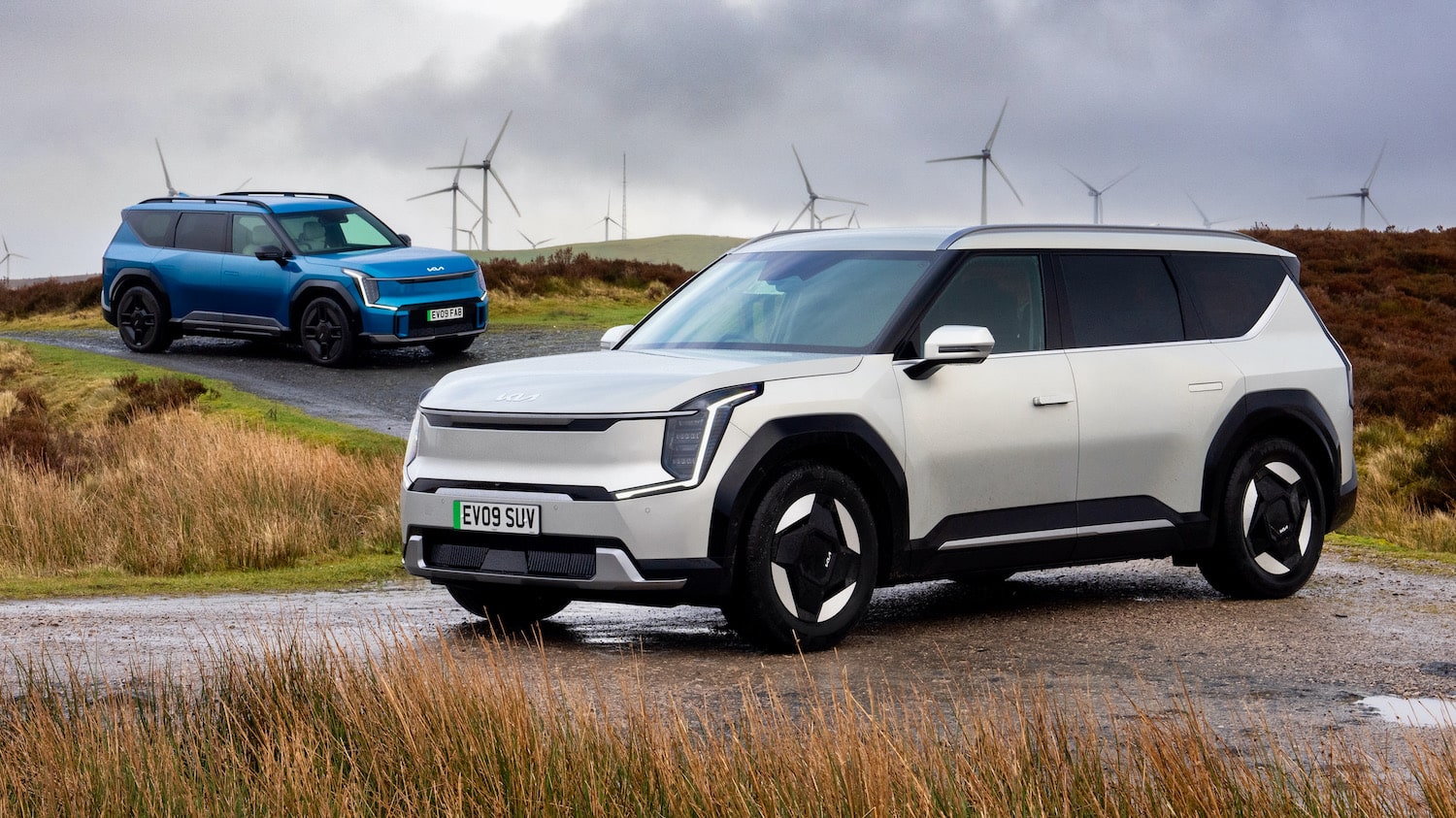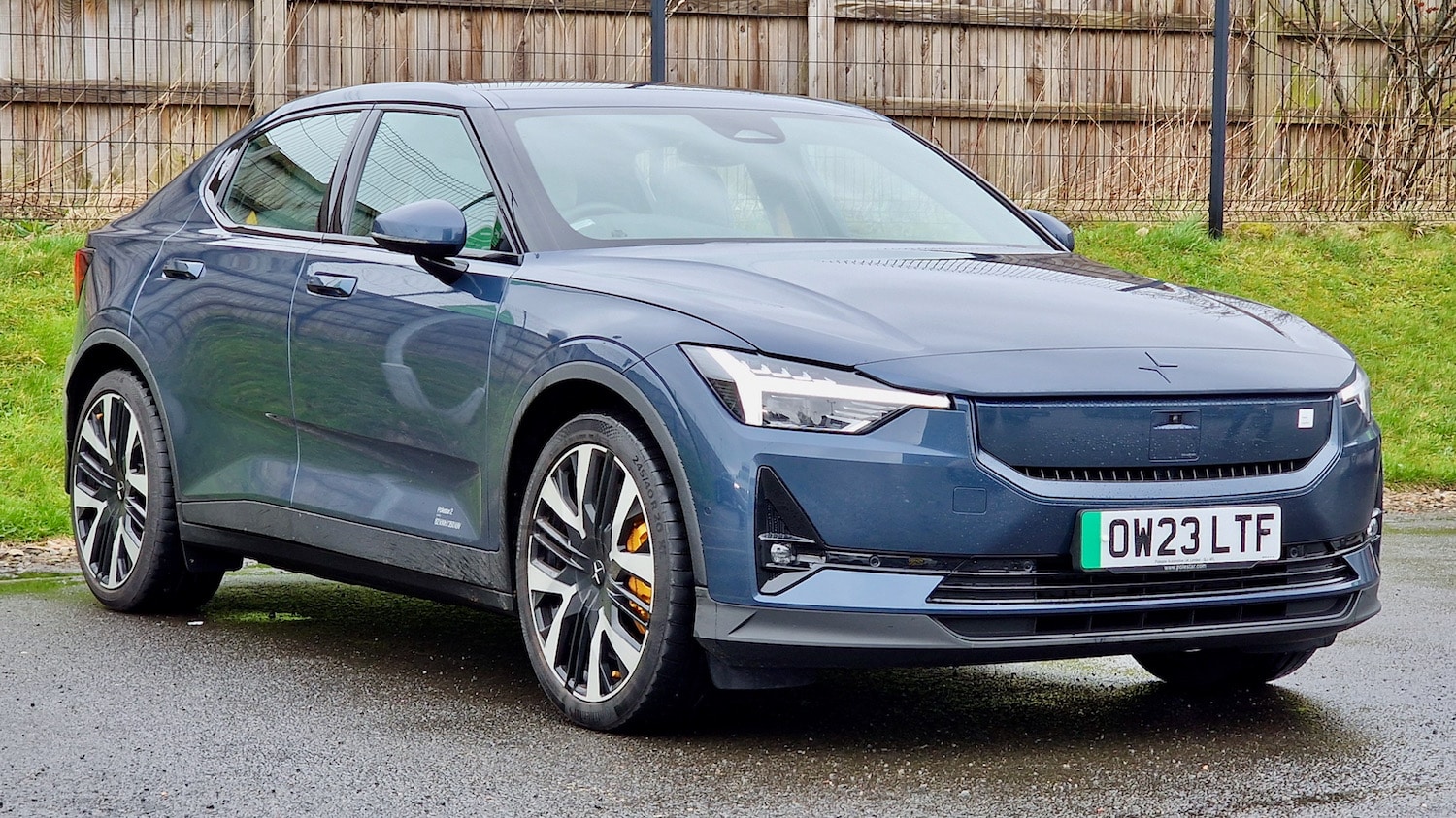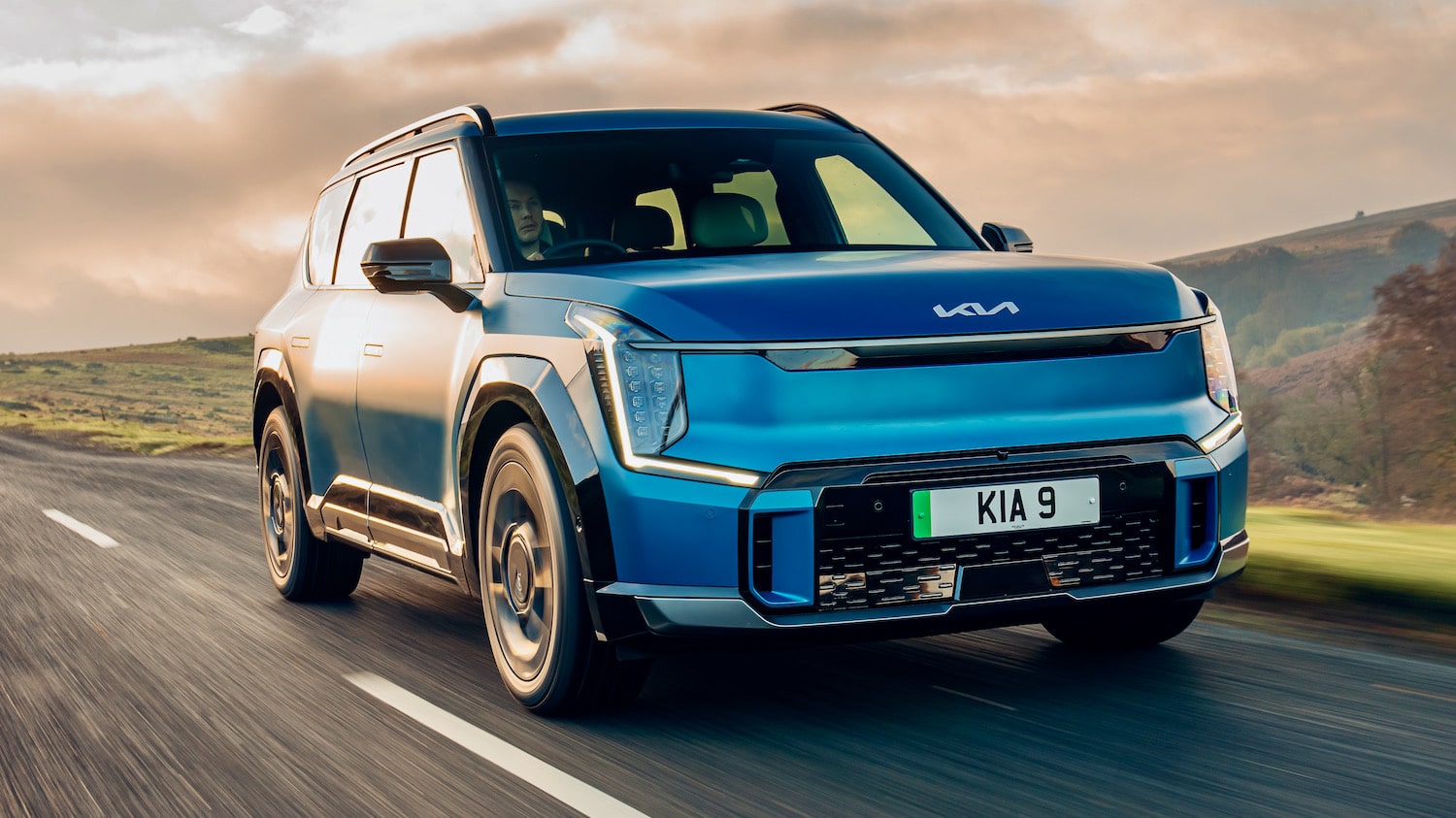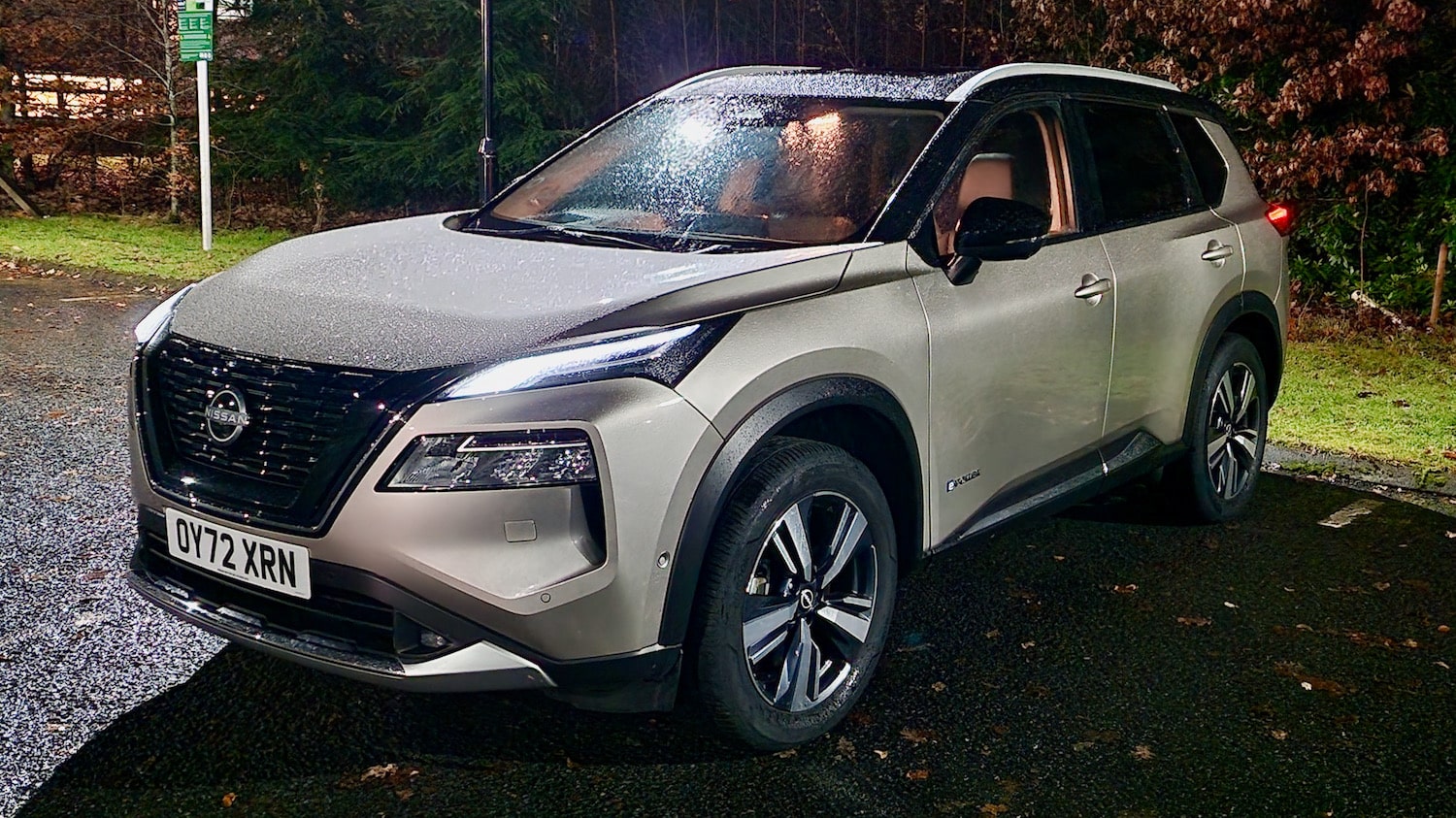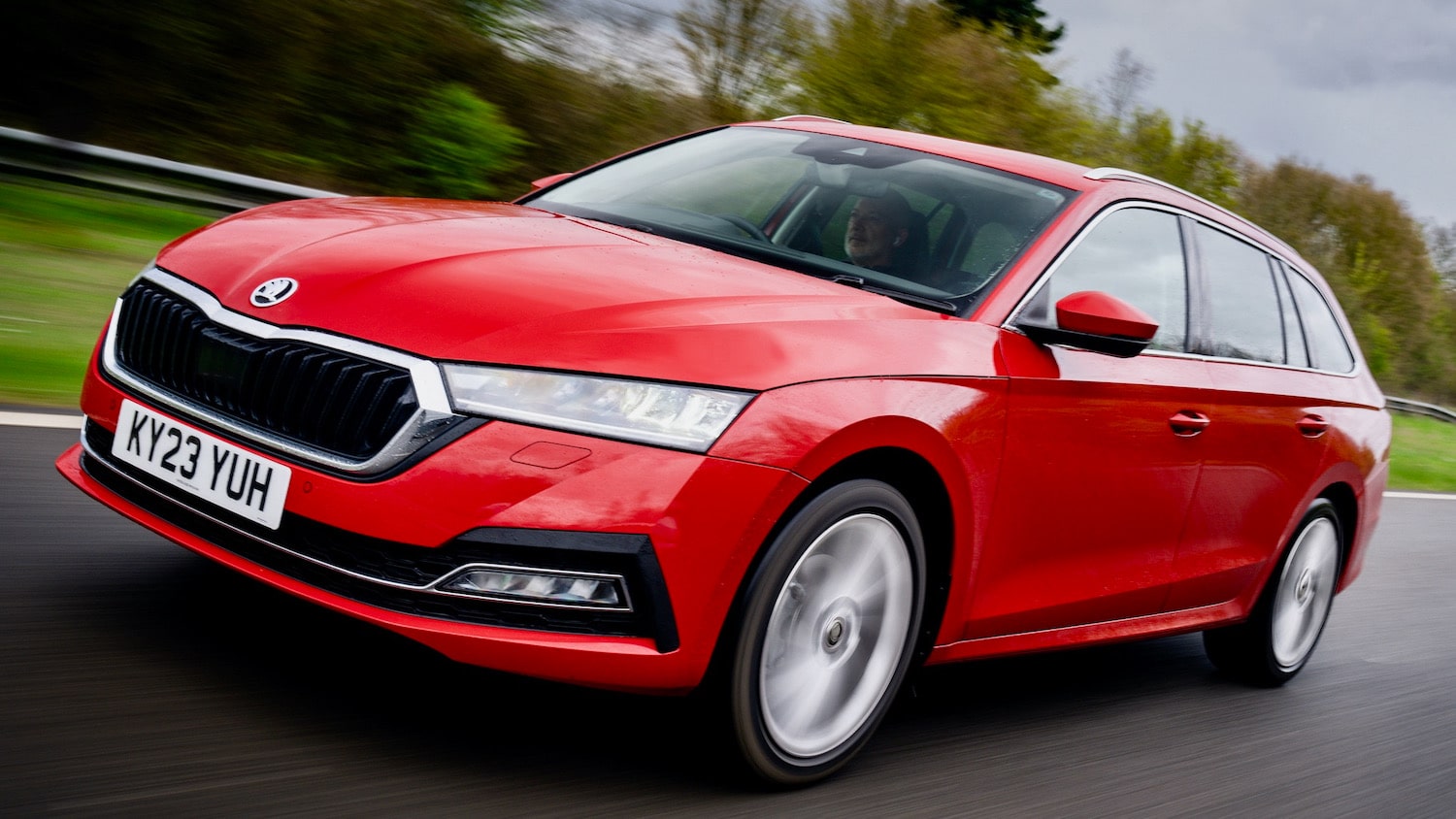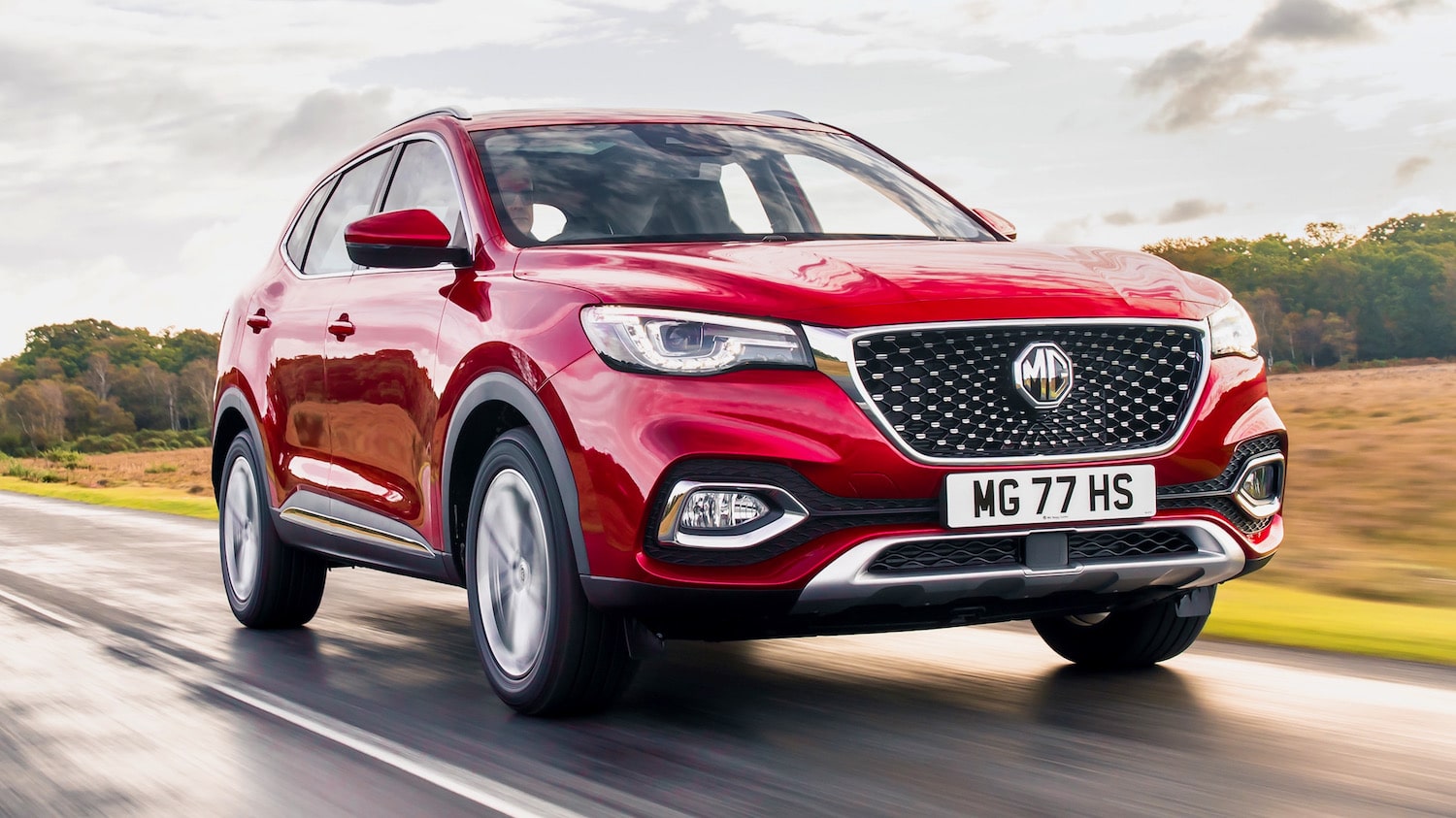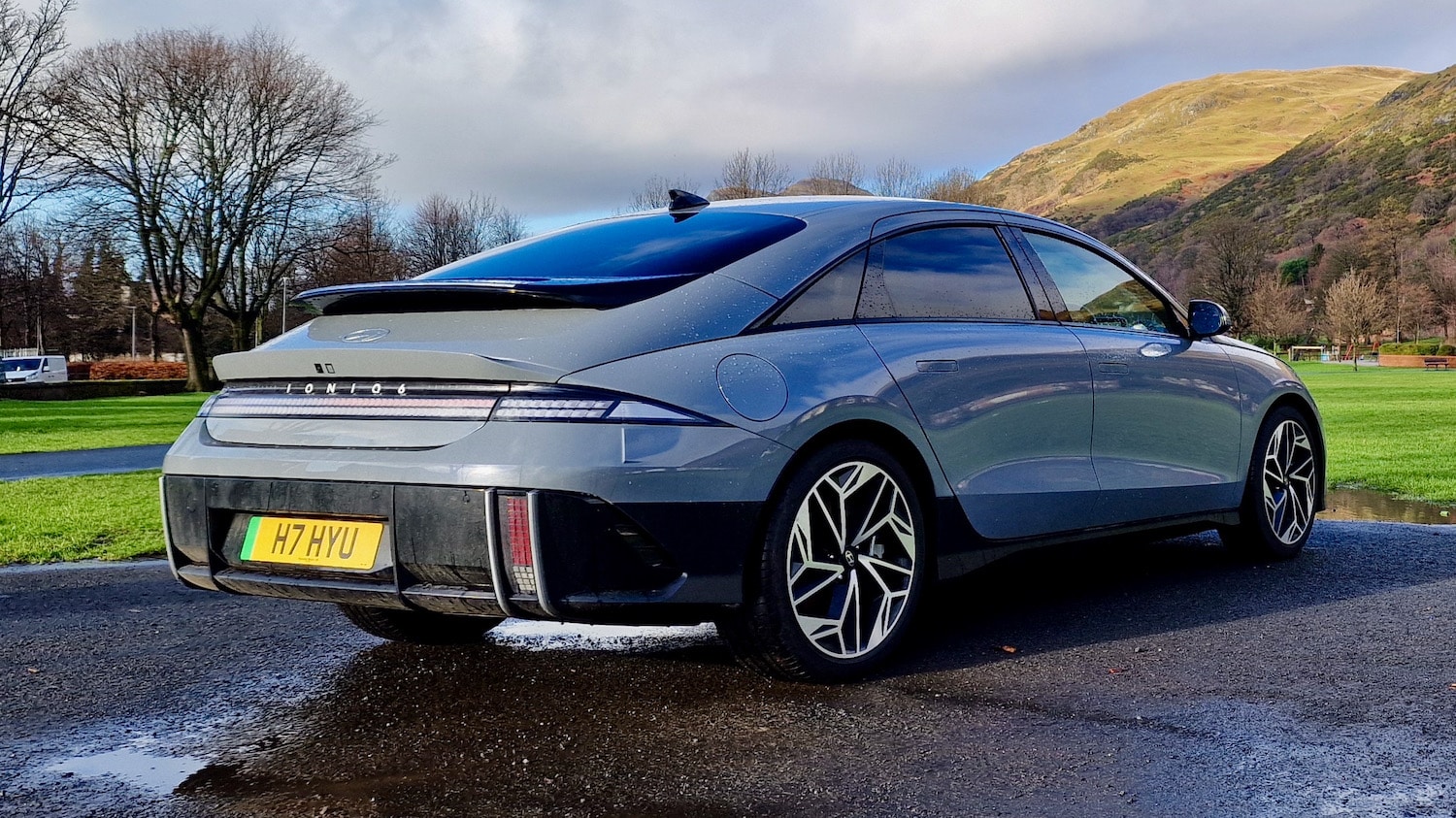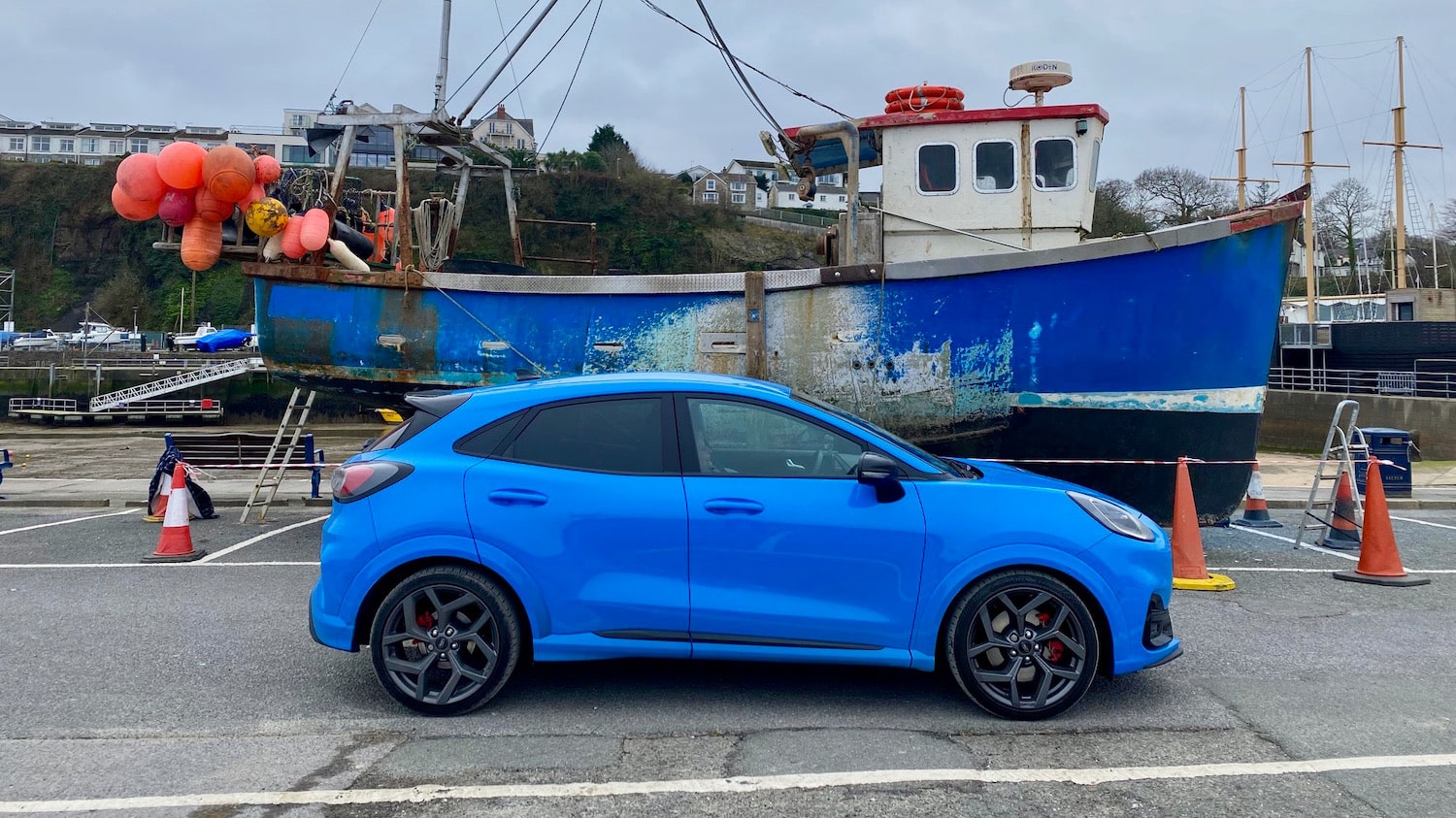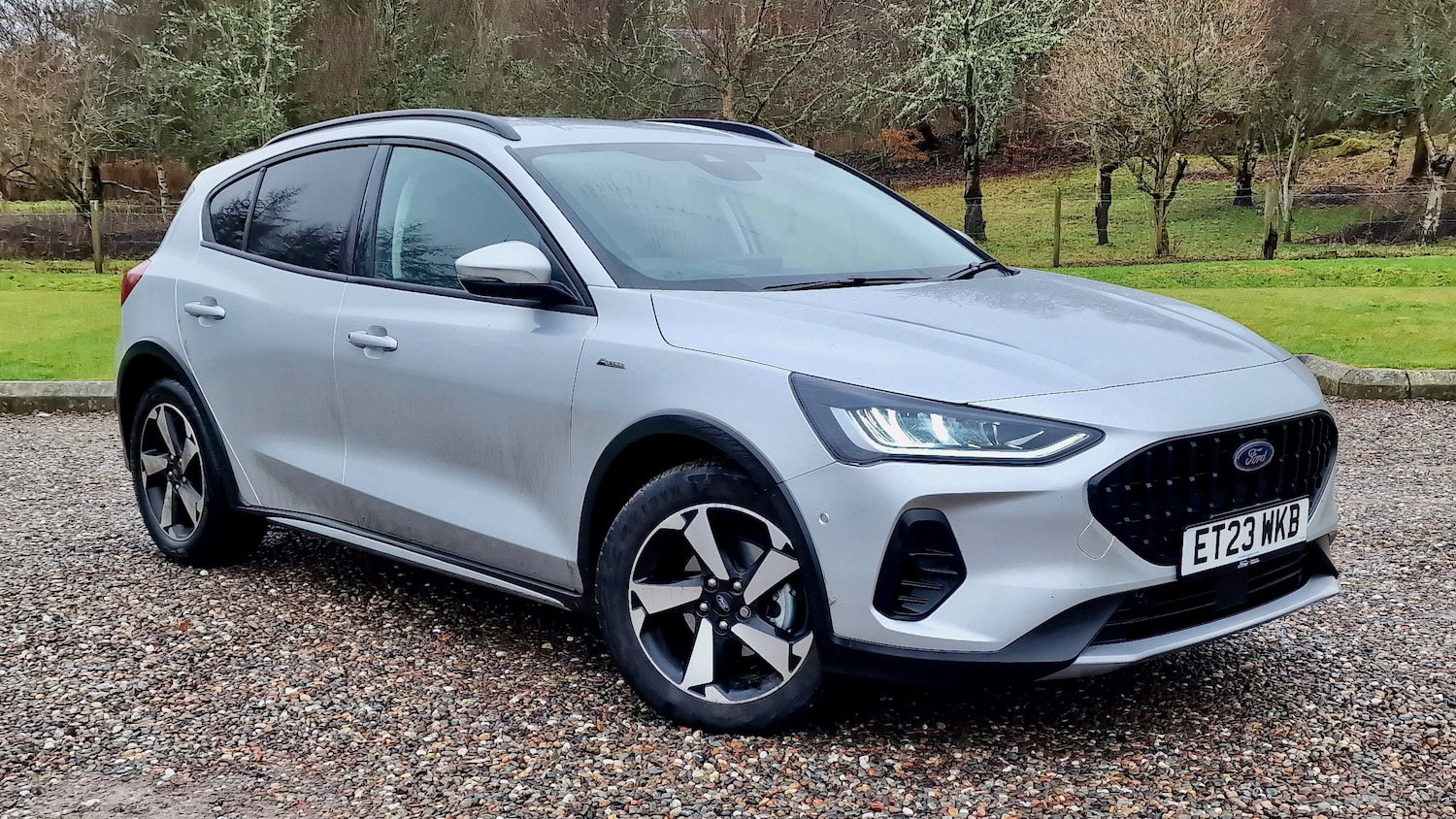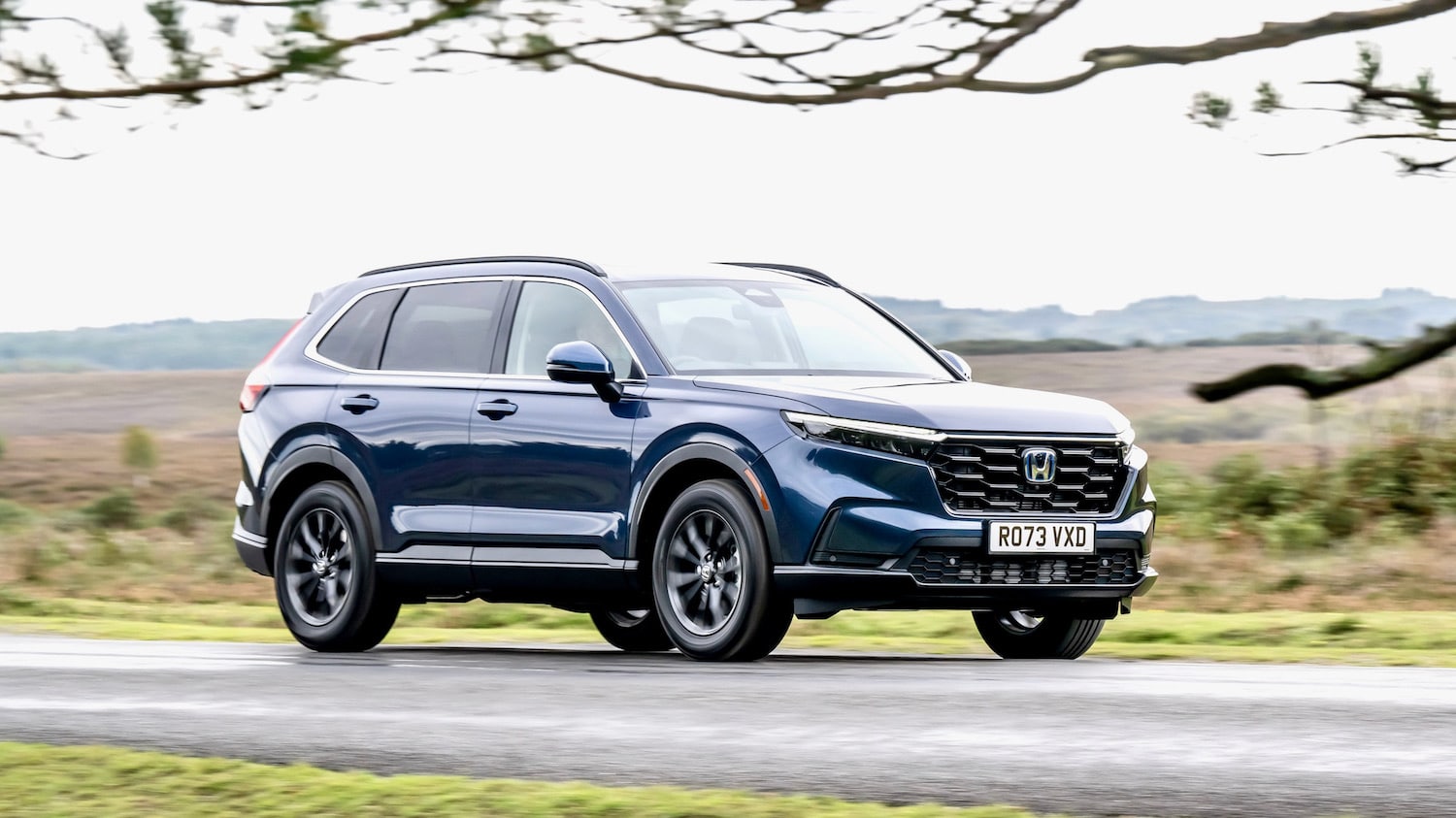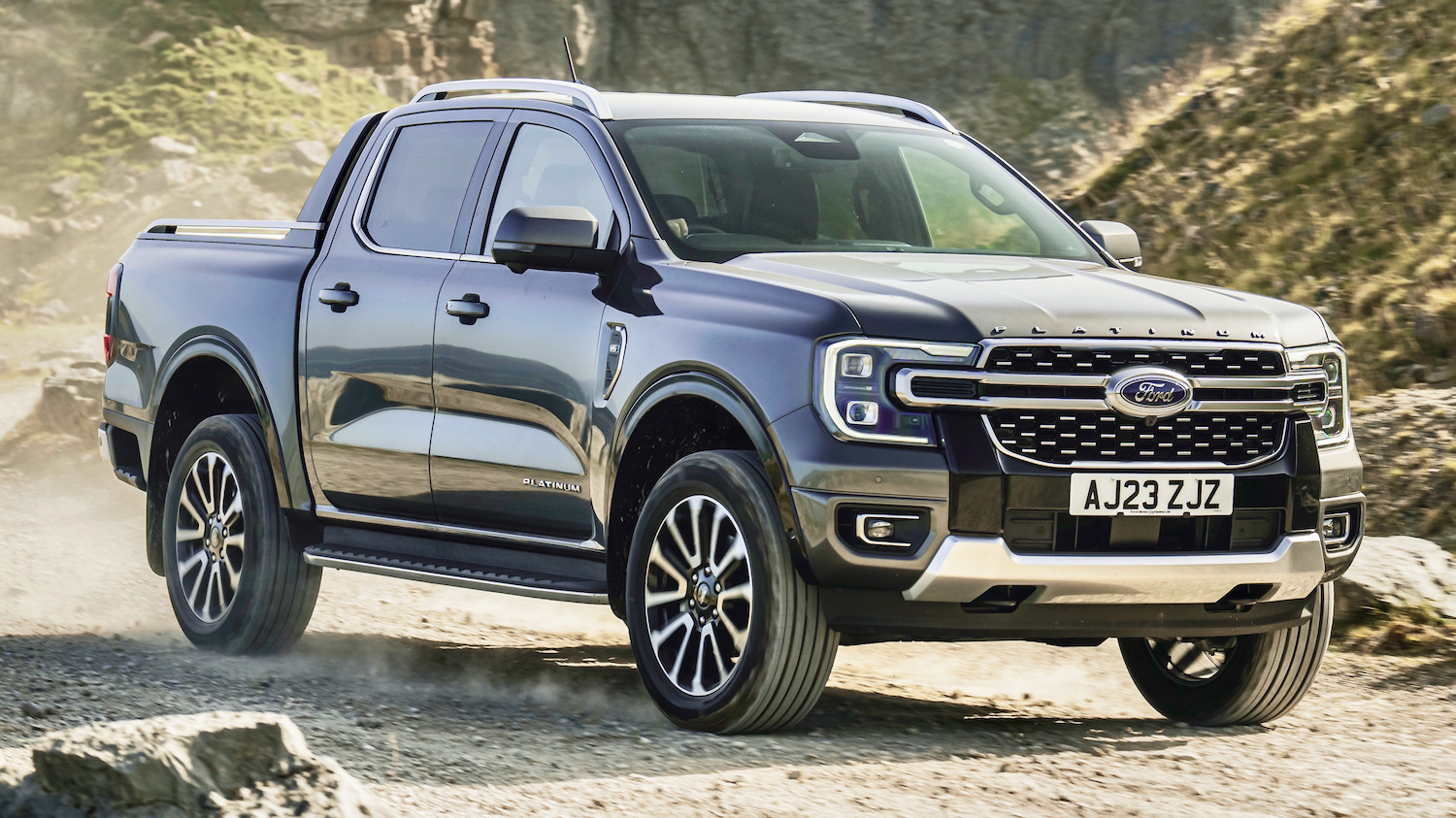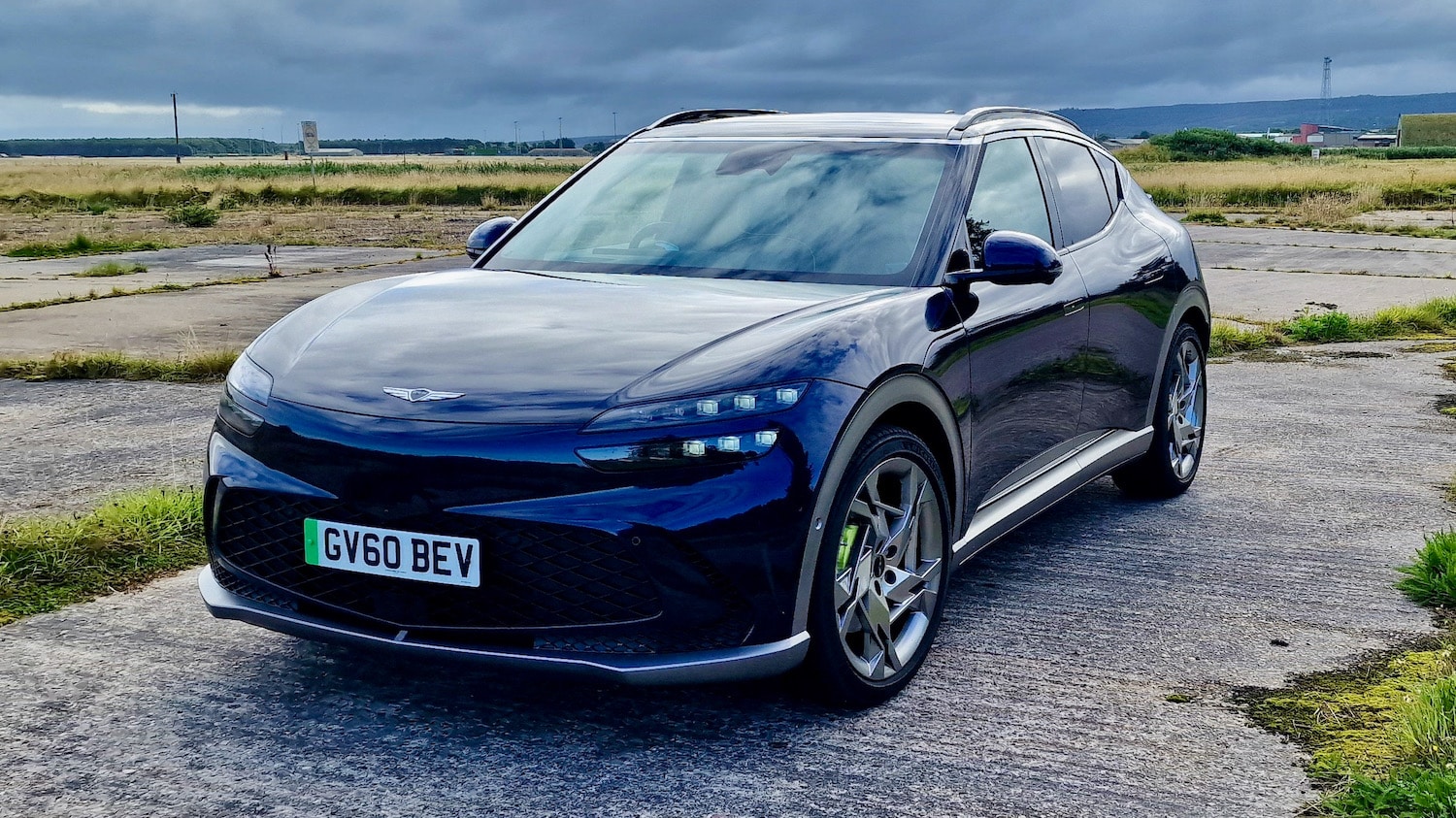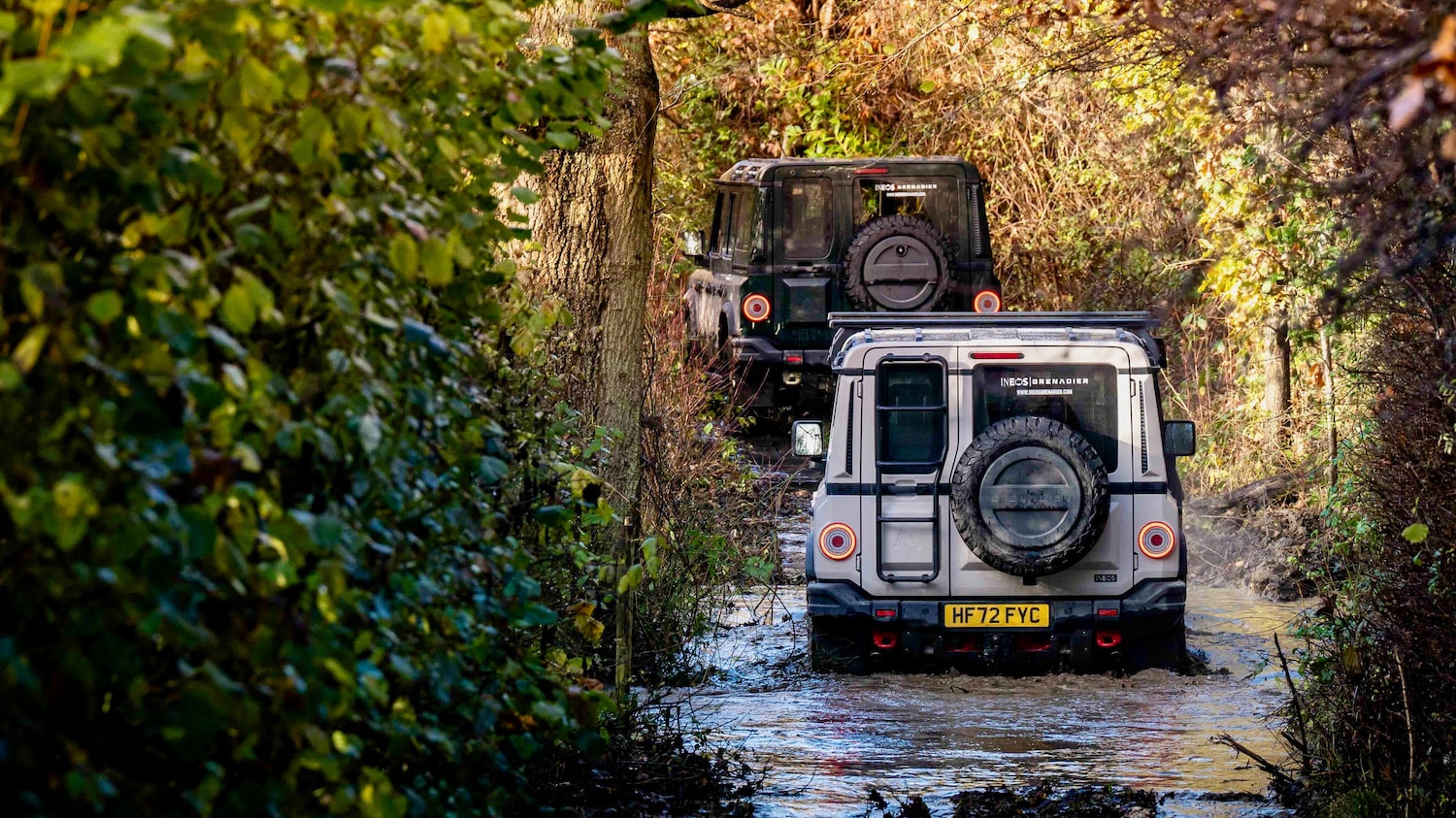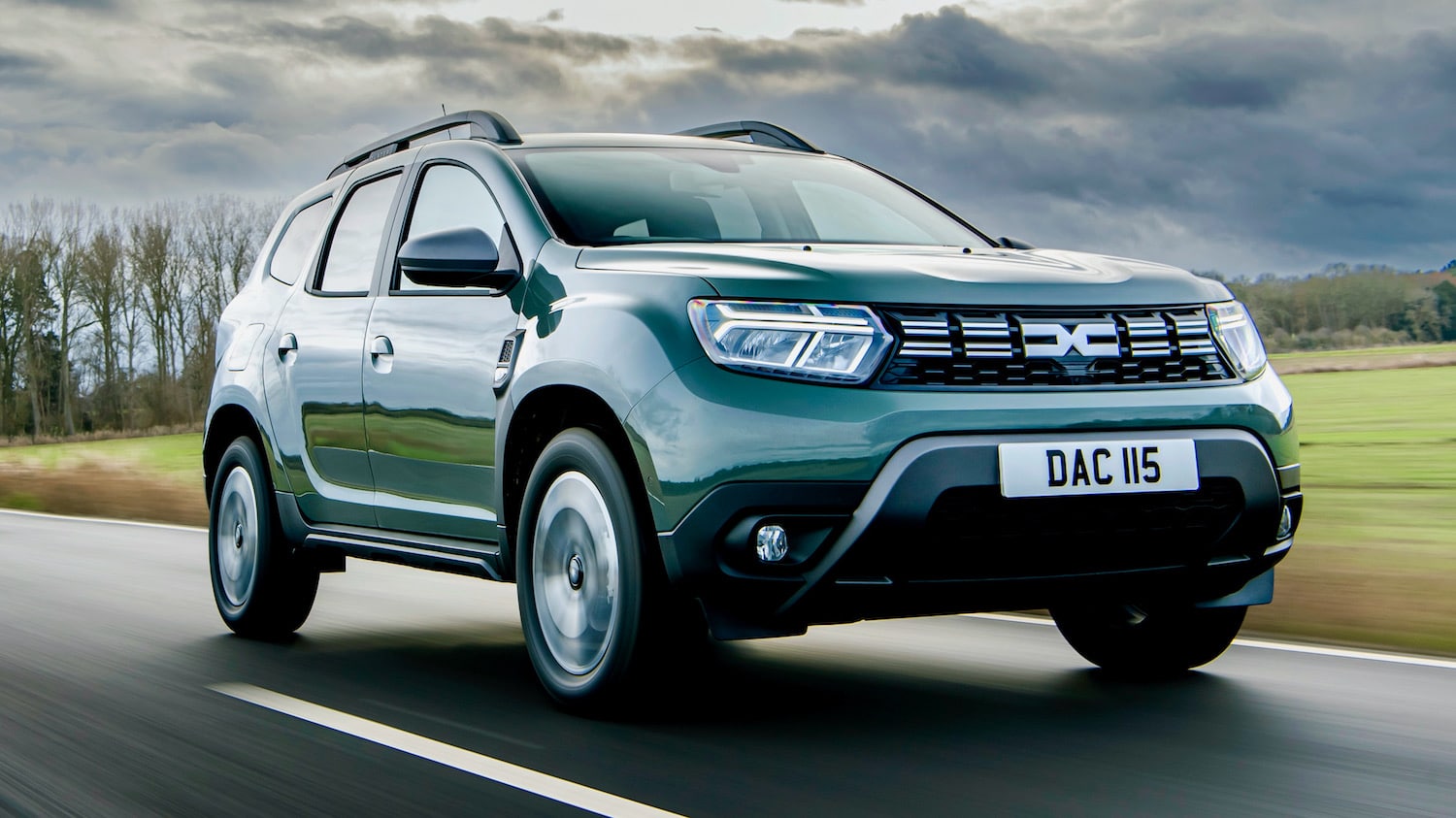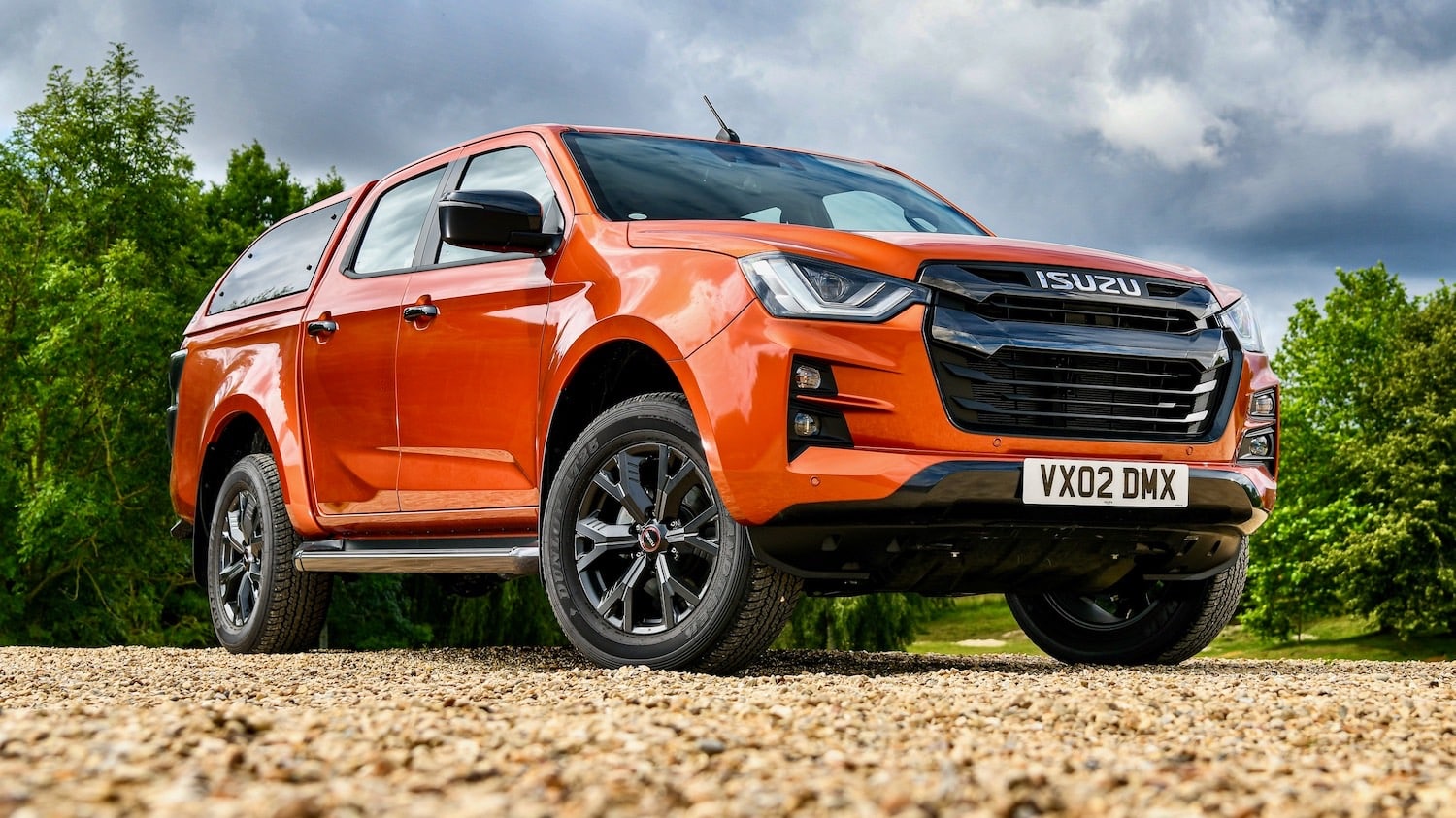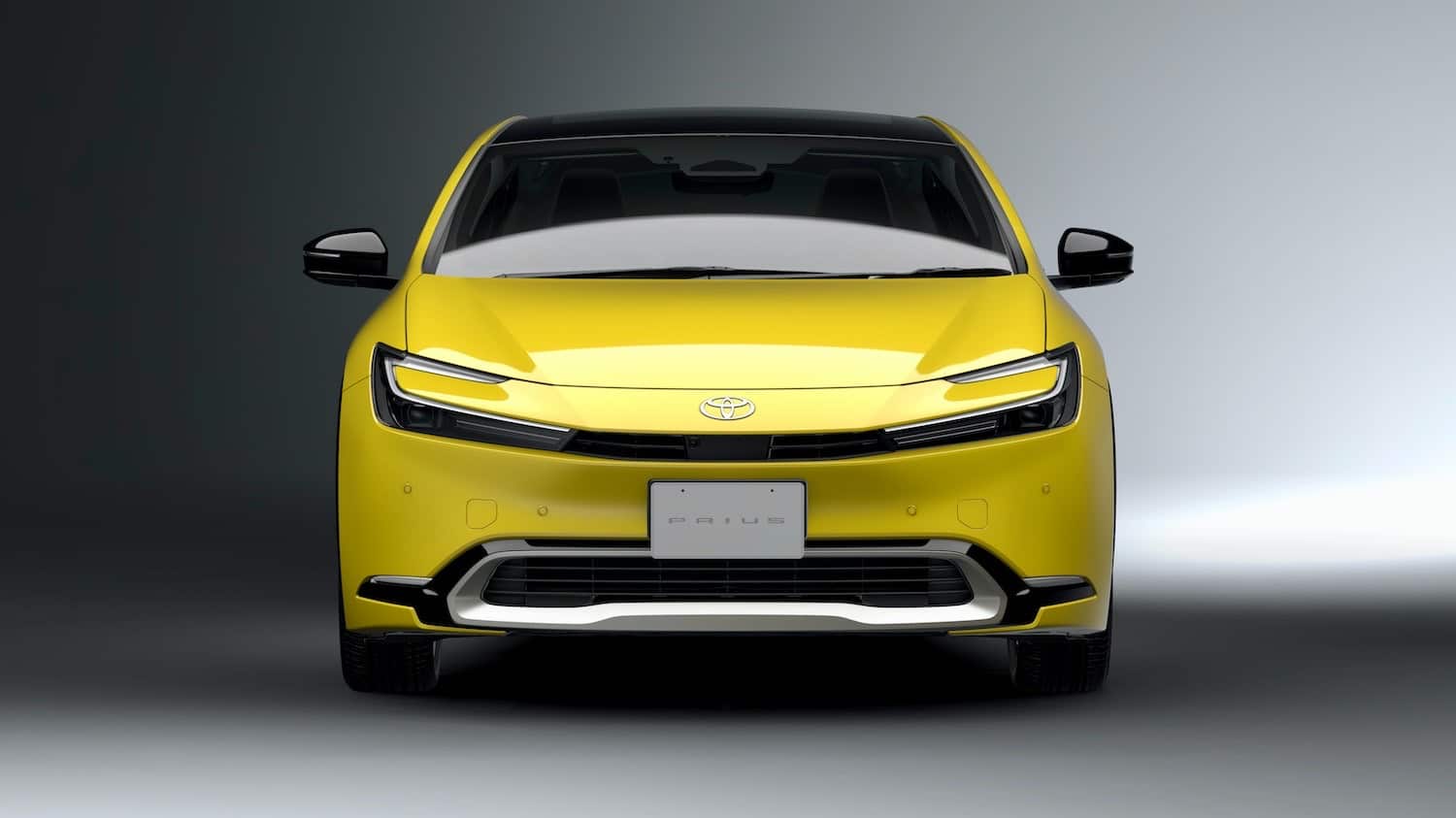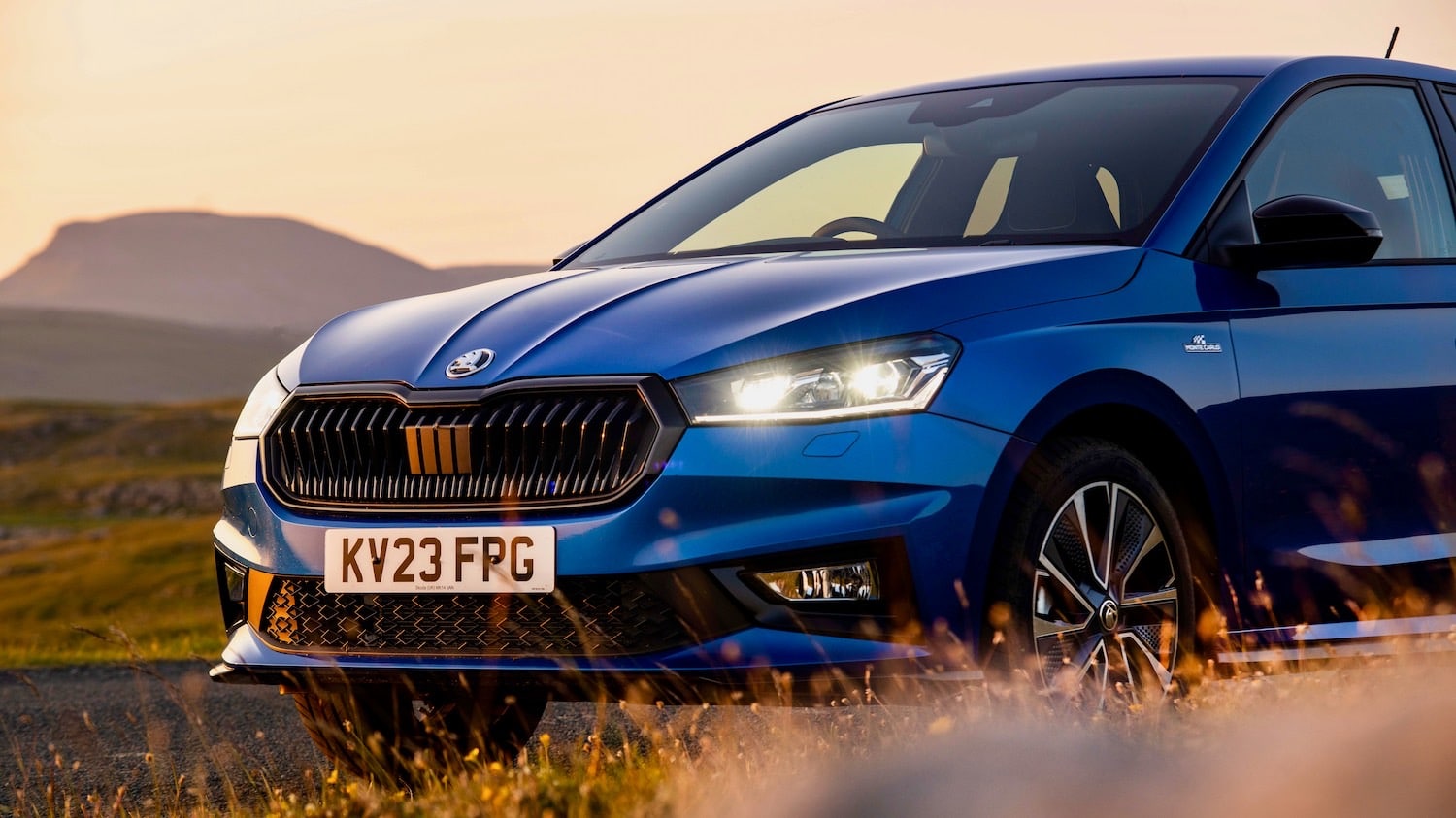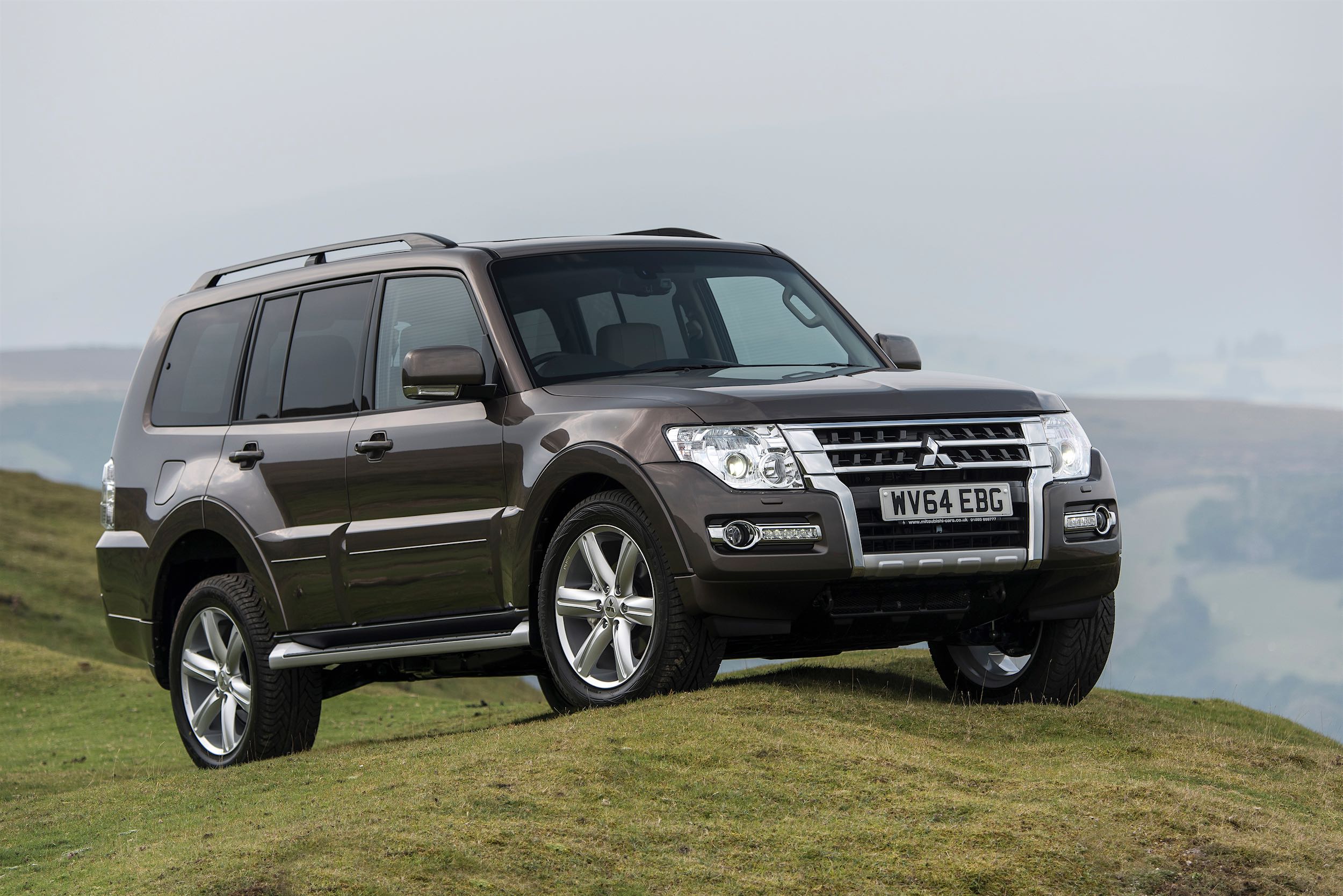The Mitsubishi Shogun is a no-compromise, good old in-your-face full-frontal bully of a vehicle.


Is there a bigger 4-cylinder engine on the market? I think not, after Toyota dropped their Tacoma’s 3.4 litre some years ago.
This capable 4WD Shogun has a 3.2-litre engine with a rather modest 187bhp and 325 lb/ft of torque. However, while this sounds unimpressive, in practice it turned out to be quite enough.
The zero to 62 mph time of 11.1 seconds is, again, only average, to say the least, but once you get the idea that this is a real work horse and not a thoroughbred sprinter, you just drive accordingly and sit up there to enjoy the view.
My week with a top-of-the-range model, the £37,299 long wheelbase DI-DC SG4 Auto was perfect in giving the car a good all-round test. Driving down to South Devon from Reading allowed plenty of motorway cruising; then there were myriad country roads, often flooded, and finally a twelve-mile detour after some traffic incident which had the police closing the main road. We were sent into some real wild and woolly countryside along narrow, twisting, up and down country lanes, with occasional passing places and boggy roadsides. I was sure glad I was in that Shogun, for which nothing was more than the slightest challenge. And this was without, rather disappointingly, having to get into the low ratio off-road box.
Then, on the way back, the M5 was completely closed in both directions after a diesel tanker had (God knows how) turned over and spilled thousands of litres onto the road surface. This resulted in a distance of about eight miles, diverting through a very clogged-up Bridgewater, taking no less than four hours. Luckily, we were not in any great hurry, so it was no real problem; whether we moved a few yards or a heady hundred yards, the stop-start deployed and we could sit there in silence and contemplate our navels.
The overall fuel consumption, as indicated by the trip computer, was 31 mpg (official combined is 30.4 mpg) which I regarded as quite acceptable for such a chunky machine with a sizeable full-frontal area. Talking of wind-resistance, the Shogun was not at all noisy at cruising speeds and wind noise was minimal. The 19-gallon fuel tank means that there can be quite a good range of more than five hundred and fifty miles.
Driving the Shogun was easy. The automatic gearbox was a blessing on our busy journey. The steering is fine. The handling, too, raised no complaints and the car kept its line and was quite spritely in the way it could be manoeuvring in a semi-emergency, as I discovered on a couple of occasions.
The rear-view camera was, of course, useful in a car of this size, although I did have to get out to clean the lens after any wet journey (it is located in the spare wheel cover on the tailgate). Otherwise, there was not much more than a haze on the monitor in the dash display.
Riding in the car was comfortable enough: strangely, both my wife and I, at first, found the seats a little lacking in this respect, but after a few miles, neither of us had any cause to complain. On a long trip in some cars, you may often feel comfortable to start with but eventually, find yourself wriggling about to restore that desirable posterior ease.
The passengers will also be comfortable in the back seats, and, with Mitsubishi’s neat seven seat arrangement, two more can climb into the third row…and, if not required, then those two seats fold away into the boot floor. As a load-carrier, the Shogun is versatile enough to contain large amounts and extra-long items if necessary.
I did have a problem with the satellite navigation, finding it impossible to put in an address; usually, this turns out to be my incompetence, but I never could use the car’s and carried my own TomTom instead. As. It happened, my next test car was also a Mitsubishi and it had the same satnav and, in that case, I was immediately able to enter what I wanted – the jury is still out.
In working out whether to buy a Shogun as compared with its rivals, study of the basic running costs will pay dividends; the CO2 emissions are 245 g/km (currently £490 p.a.); the insurance rating is 34A and the service intervals are 12,500 miles/twelve months. Mitsubishi’s service plan costs £975. You get a five year/62,500 mile warranty, a three-year pan-European breakdown and recovery service, and there’s a 12-year anti-corrosion warranty…and let me tell you that it’s amazing where wet Devonian mud can reach!
2016 Shogun LWB 3.2 DI-DC SG4 Auto – On the road as tested £37,299
PROS AND CONS: Likeable and reliable √ Work horse √ Reasonable price for size √ Slightly Old School X
FAST FACTS: Max speed: 112 mph, 0-62 mph: 11.1 secs, Combined mpg: 30.4
Engine layout: 3200 cc, 4 cylinder, 16-valve DOHC diesel, Maximum power 147bhp@3800rpm, Maximum torque 441Nm@2000rpm, CO2 245 g/km
No items found, please search again.
